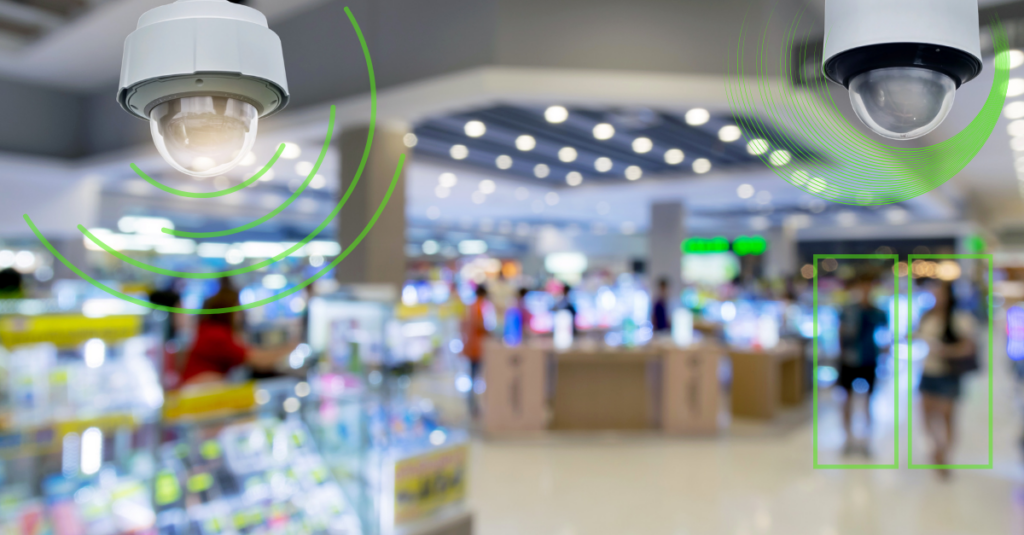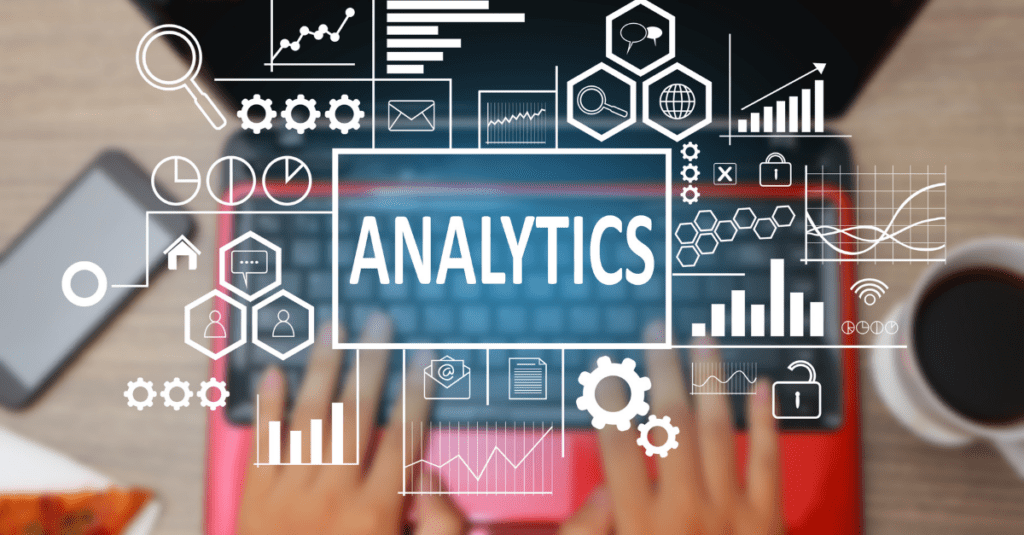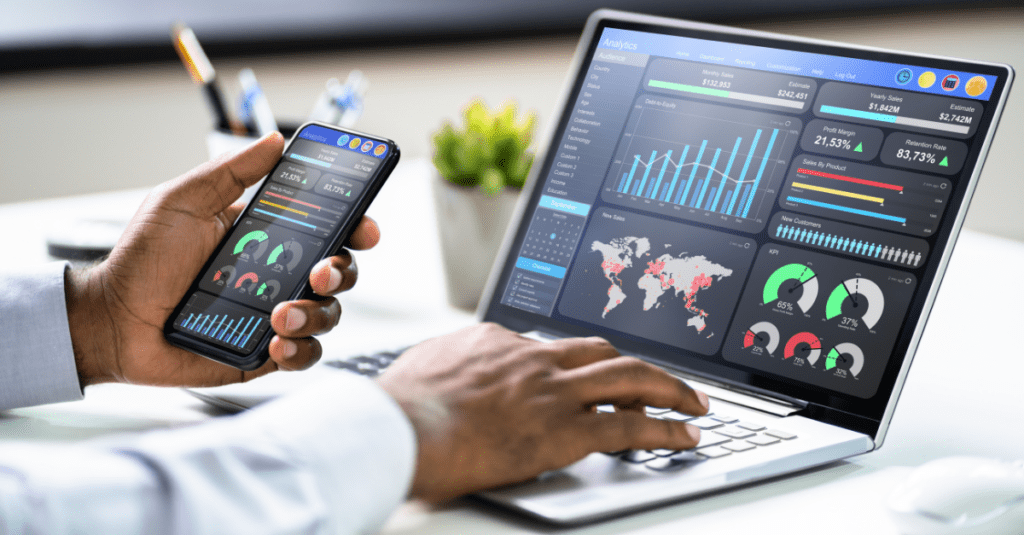The Future of Surveillance: Exploring Video Analytics Trends

Evolution of Surveillance
Surveillance has evolved from traditional analog systems to sophisticated digital networks. In the past, surveillance primarily relied on manual monitoring, limiting its effectiveness and scalability. Nevertheless, the digitization of surveillance systems has brought about new possibilities and capabilities, enabling more efficient and intelligent monitoring.
The Rise of Video Analytics
Video analytics has played a crucial role in the transformation of surveillance. By leveraging artificial intelligence and machine learning algorithms, video analytics systems can automatically analyze video data and extract valuable information. Consequently, this technology has revolutionized the way we monitor and manage security, providing real-time insights and proactive detection of threats.


Key Applications of Video Analytics
Video analytics finds applications in various fields, including security, retail, transportation, and more. Exploring its diverse utility, some key applications include:
- Security and Threat Detection: Video analytics enables the detection of suspicious activities, unauthorized access, and potential threats in real-time. It provides advanced features such as facial recognition, object tracking, and behavior analysis, enhancing security measures.
- Traffic Monitoring and Management: Video analytics can monitor traffic flow, detect congestion, and analyze traffic patterns. This information helps optimize transportation systems, improve road safety, and reduce traffic-related issues.
- Retail Analytics: Video analytics in retail enables the analysis of customer behavior, footfall patterns, and product interactions. It helps retailers optimize store layouts, enhance customer experiences, and make data-driven decisions for marketing and merchandising strategies.
- Smart Cities: Video analytics plays a vital role in smart city initiatives. It can monitor public spaces, manage traffic, detect environmental anomalies, and improve overall safety and quality of life for residents.


Trends in Video Analytics
Several trends are shaping the future of video analytics. Embracing these advancements is crucial for staying ahead in the field:
- Artificial Intelligence and Machine Learning: Advancements in AI and machine learning algorithms enable video analytics systems to learn and adapt, improving accuracy and efficiency in detecting and analyzing video data.
- Real-time Video Analytics: Real-time video analytics allows for immediate detection and response to security threats, ensuring timely intervention and prevention of incidents.
- Edge Computing and IoT: Edge computing brings video analytics capabilities closer to the source of data, reducing latency and enabling faster decision-making. Integration with IoT devices allows for seamless data exchange and comprehensive surveillance solutions.
- Privacy and Ethical Considerations: As video analytics becomes more pervasive, privacy and ethical considerations become paramount. Striking a balance between security and privacy is essential, ensuring compliance with regulations and protecting individual rights.
Conclusion
Video analytics is transforming the field of surveillance, enabling intelligent monitoring, proactive threat detection, and data-driven decision-making. Moreover, with advancements in AI, real-time analytics, edge computing, and IoT integration, video analytics systems will become more powerful and efficient. However, it is crucial to address privacy concerns and ethical considerations to ensure the responsible and effective use of this technology.
